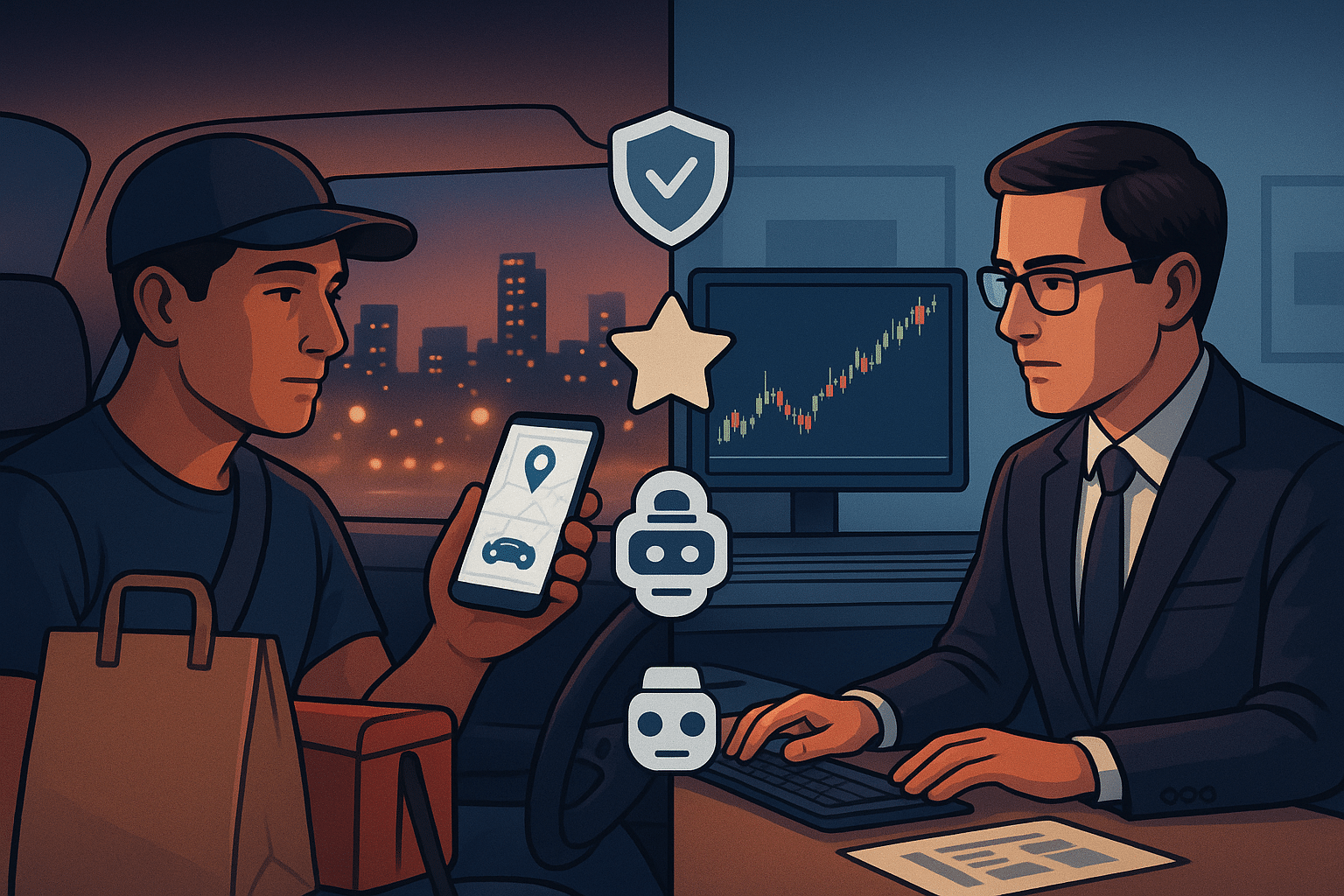The latest wave of gig economy news reveals a tension every driver and savvy rider can feel: platforms race to automate, regulators and courts test accountability, and workers sift through new features hoping for reliability and better pay. We open with a listener’s story that reframes who tunes into gig conversations. Anna, a Wall Street professional, listens weekly not as a driver but as an analyst who values the driver lens when evaluating gig company investments. That single note captures the dual audience of today’s gig economy: people doing the work on the road, and people steering capital from the boardroom. When driver complaints filter back to Uber’s management, it reminds us that feedback loops can travel farther than we think. Strong communities—Patreon supporters, Telegram groups, and regulars who share clips—create ground truth you won’t find in earnings calls. These forums surface the small frictions and the big policy changes that shape pay, safety, and loyalty, and they often predict what headlines will notice months later.
On the road, experience still trumps theory. Fall breaks shift rider demand out of downtown cores and into suburbs. Family weekends and local events swing the pendulum between back-to-back requests and dead zones. Drivers weigh the time value of money with a hard floor—say $25 per hour—for Amazon routes that too often float closer to $21. A few years ago, those numbers might have been fine; today, with higher fuel, tires, and insurance, thresholds rise. Walmart Spark appeals because the miles are shorter, the density is higher, and the math can win even at slightly lower hourly averages. Meanwhile, sales moments—Prime Day, “deal” betas that dangle penny items—nudge behavior but don’t guarantee more driver hours tomorrow. Logistics lag, and real spikes show up days later in warehouses and last-mile dispatch. The lesson for workers is part strategy, part patience: set your rate, watch surges, and keep optionality across apps so you can pivot when one channel goes soft.
DoorDash’s new “favorite your shopper” feature could be the most meaningful consumer-side update in years for delivery pros. Loyalty in grocery or retail delivery compounds: a shopper learns preferences, substitutes wisely, and anticipates pitfalls at checkout. Customers gain trust, and good shoppers earn repeats without begging for off-app contact. Shipt has long leaned on relationships, but DoorDash scaling this across its ecosystem changes norms. If Uber or Lyft implemented a similar system beyond reservations—complete with distance caps and driver-set parameters to avoid $3 short hops across town—riders would enjoy consistency and drivers would finally harvest the value of great service inside the app. That would reduce the messy backchanneling of phone numbers and DMs that make scheduling clunky, put drivers at risk of no-shows, and complicate on-shift routing. Loyalty is powerful; when platforms align it with safety and transparency, everyone wins.
Safety, though, remains the hard edge of gig work. A recent jury found Uber negligent in safety measures but not liable for a driver’s alleged assault, a verdict that both acknowledges shortcomings and limits accountability. It’s a reminder that background checks—fingerprints or not—can’t predict first offenses, and policy is only as useful as reporting flows. When victims can’t easily find the right menu item to alert support, the system fails. That’s why drivers push for a prominent, persistent safety button, clearer post-ride reporting, and faster handoffs to law enforcement when urgency demands it. Public channels like Twitter (or X) still provoke the fastest responses, which says too much about internal escalation. Uber cites a 44% drop in serious sexual assault reports since 2017-2018, which may reflect genuine gains, shifting definitions, or underreporting; likely, it’s a mix. Real progress will be measured by time-to-response, transparency in outcomes, and the ease with which a rider or driver can trigger help without fear that their report will put a target on their back later.
Airports surfaced a different kind of accountability—operational discipline. In the UK, Uber is blocking airport trips for drivers with high cancellation rates for up to four weeks. It’s not about acceptance rate; it’s about accepting then backing out. Riders report chains of near-arrivals that evaporate just before pickup, a practice that lowers trust and traps travelers under time pressure. Given today’s payouts, many drivers already skip airports because the fares don’t justify dwell time and staging; blunt punishments may curb abuse but won’t fix misaligned incentives. Transparent queue views, minimum payout floors for long pickups, and smarter matching would treat root causes rather than symptoms. If the job doesn’t pencil out, drivers won’t take it, and throttling won’t change the math.

